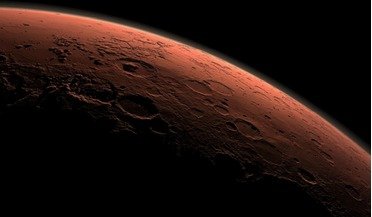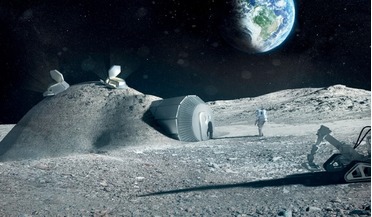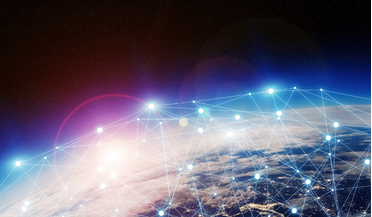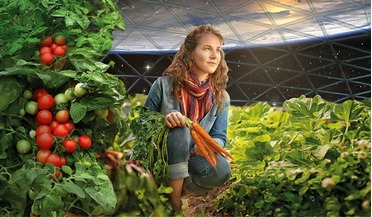 March 2017
Growing plastic-producing bacteria in space
March 2017
Growing plastic-producing bacteria in space
... Moon have taught us that future long-duration missions will face exponentially difficult challenges associated with transportation, working in space and staying healthy. To support one astronaut for one year in Earth orbit requires around...
 April 2017
Surviving radiation for space colonisation
April 2017
Surviving radiation for space colonisation
...’s career limits for radiation exposure. Orion is NASA’s first spacecraft for longduration deep space exploration. It will transport humans to and from interplanetary destinations such as asteroids, the Moon and eventually Mars. Of course, not every...
 September 2018
Bridging the ‘digital divide’ with nanosatellites
September 2018
Bridging the ‘digital divide’ with nanosatellites
... profile private space organisations are racing to get to the Moon and Mars or set up the long-distance transportation networks of the future. Whilst these ‘frontier’ endeavours attract the biggest headlines, there is still a massive challenge...
 August 2019
The next us – our evolution in deep space
August 2019
The next us – our evolution in deep space
... require us to shift our linear and spatial thinking to a concept that is open to the fuzziness of uncertainty. As the technology to transport and support the fragile packages known as humans improves, the reach of deep space missions will expand...
 July 2020
Investigations into plant growth on the Moon
July 2020
Investigations into plant growth on the Moon
... essential agricultural products, as it will not be financially viable - either from a payload or propellant point of view - to frequently transport tons of cargo from Earth. The solution is to carry only the raw materials needed to cultivate plants...
 January 2021
Taking out the trash in space
January 2021
Taking out the trash in space
...carried on board the spacecraft during the mission or stored inside a logistics module, such as a Cygnus or Progress transport capsule, which are de-orbited into Earth’s atmosphere for destruction. The idea is to develop space technologies to convert...